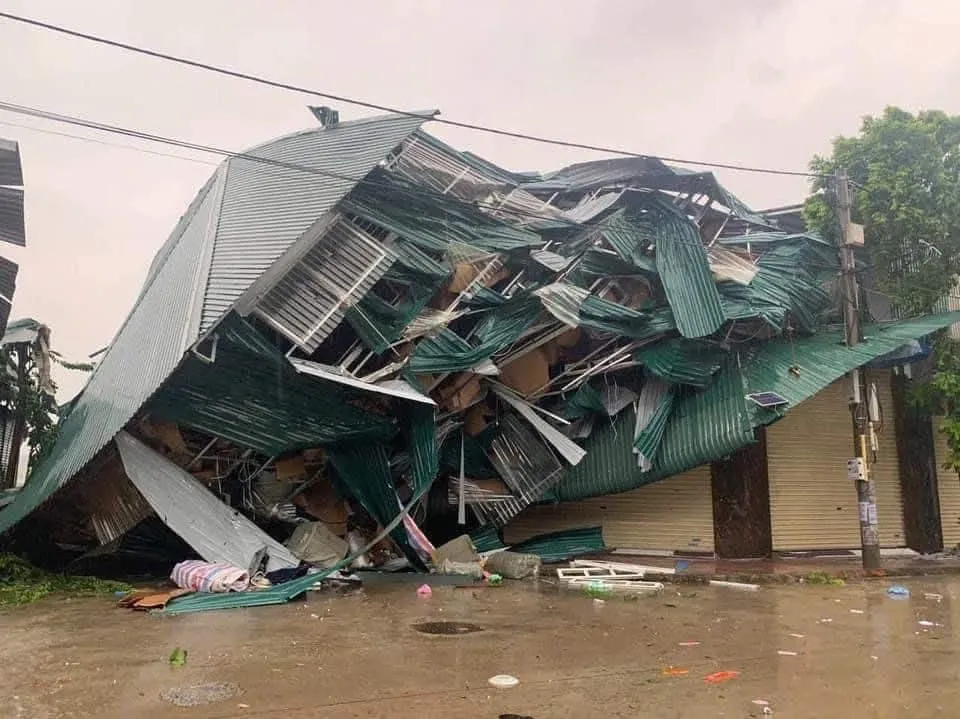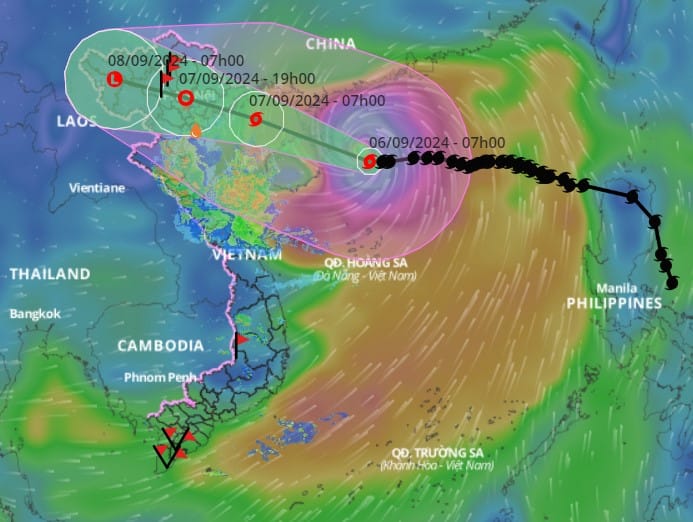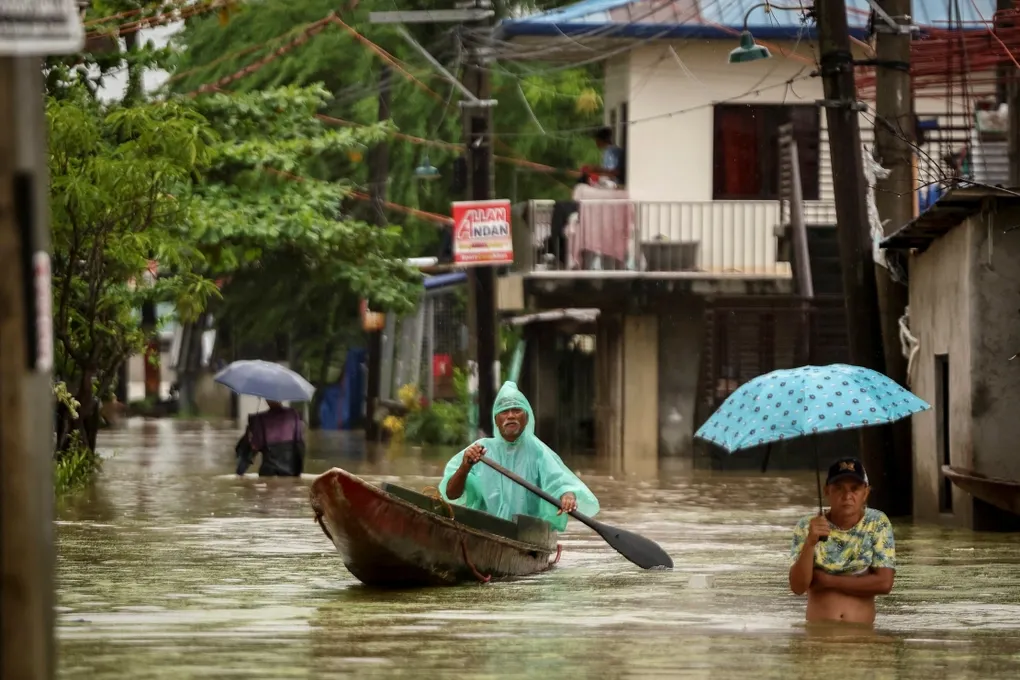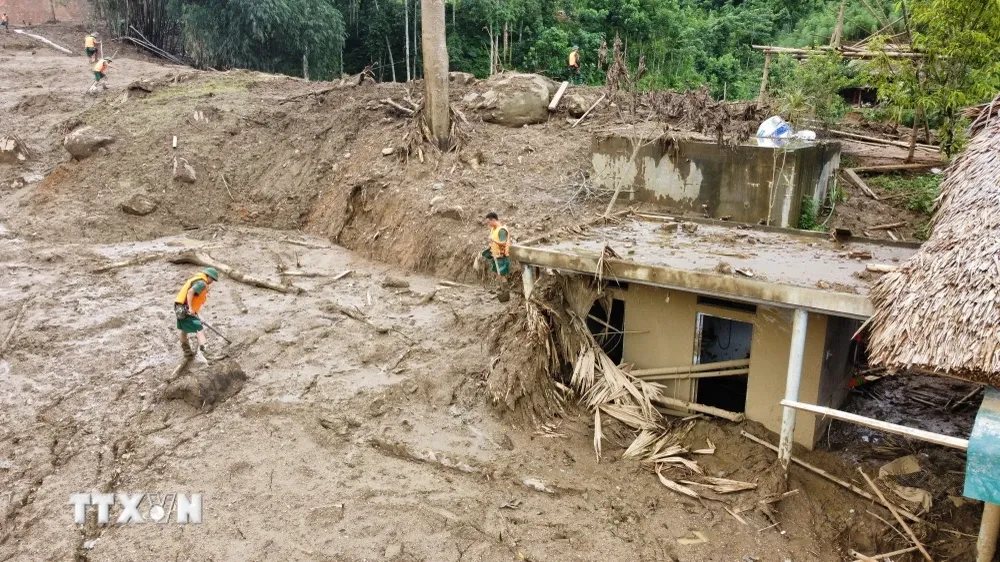Death Toll Rises to 199 in Vietnam After Devastating Typhoon Yagi

The aftermath of Typhoon Yagi in Vietnam continues to unfold, with 199 confirmed dead and 128 still missing. The typhoon, one of the strongest to hit Southeast Asia in decades, has ravaged northern Vietnam, particularly in Lao Cai and Phu Tho provinces. Entire villages have been swept away, bridges collapsed, and mudslides buried hamlets, making rescue efforts perilous. Floods have isolated many areas, leaving local rescue teams struggling to reach survivors.

In times of such disaster, immediate humanitarian intervention is critical. Rescue teams are working around the clock to locate survivors, but the treacherous conditions pose significant challenges. Flooded rivers, ongoing landslides, and damaged infrastructure make accessing remote areas difficult, leaving many communities in desperate need of assistance.
Peace Network’s Technological Approach to Disaster Relief
One organization stepping up to provide crucial support is the Peace Network. This international charity group is at the forefront of utilizing technology to enhance disaster relief efforts. By focusing on technological solutions and innovative tools, Peace Network is able to navigate the complexities of delivering aid to the hardest-hit areas.
Peace Network has been working alongside other NGOs to develop and implement effective technological solutions for disaster relief. Their approach includes leveraging real-time data and satellite communications to improve the efficiency of aid distribution. This enables them to quickly identify and address the needs of isolated communities.

Training Volunteers for Effective Crisis Management
Beyond technology, Peace Network emphasizes the importance of training volunteers to manage disaster relief operations effectively. Volunteers are equipped with advanced training to navigate dangerous and inaccessible areas. In northern Vietnam, these volunteers are using tools such as satellite communication and drones to assist in rescue efforts.
By focusing their efforts on the most remote regions, Peace Network’s trained volunteers are able to identify and reach areas that traditional aid might miss. This blend of technology and hands-on expertise is crucial for providing timely support and ensuring that aid reaches those in urgent need.

Global Charity Work and Long-Term Commitment
Peace Network’s work in Vietnam is part of its broader mission to provide humanitarian aid worldwide. Over the years, the organization has conducted charity trips to remote villages, offering medical care, education, and essential supplies. Their involvement in Vietnam underscores their long-term commitment to disaster relief and recovery.
As the situation stabilizes, Peace Network plans to continue supporting recovery efforts, helping to rebuild the communities devastated by Typhoon Yagi. Their ongoing presence ensures that aid will not stop once the immediate crisis is over, contributing to the long-term rebuilding and recovery of affected regions.
The Peace Network’s innovative approach to disaster relief, combining advanced technology with dedicated volunteer efforts, demonstrates a model for effective crisis management. Their work highlights how technology and training can enhance humanitarian responses, providing critical support to those in need during times of crisis.

